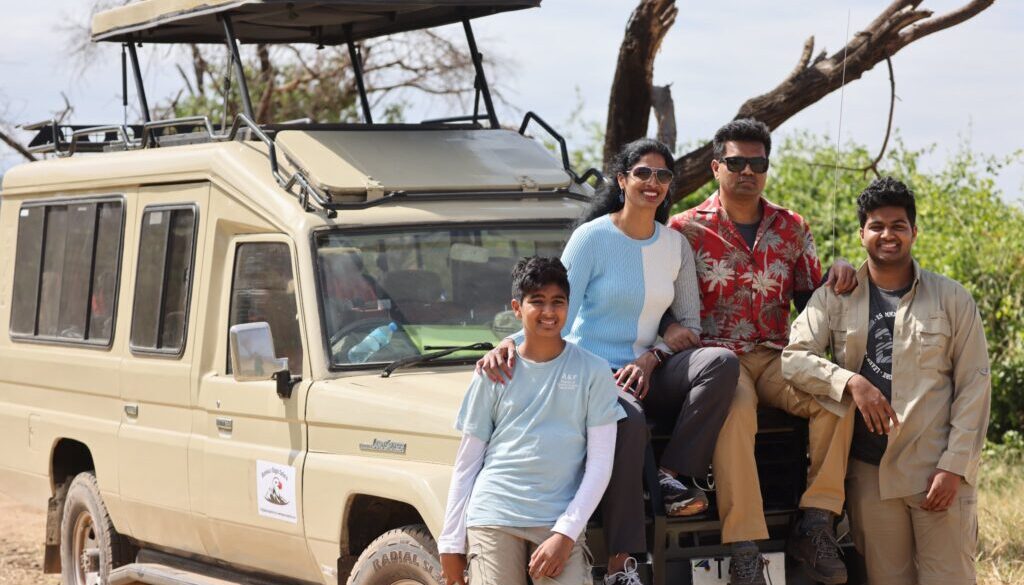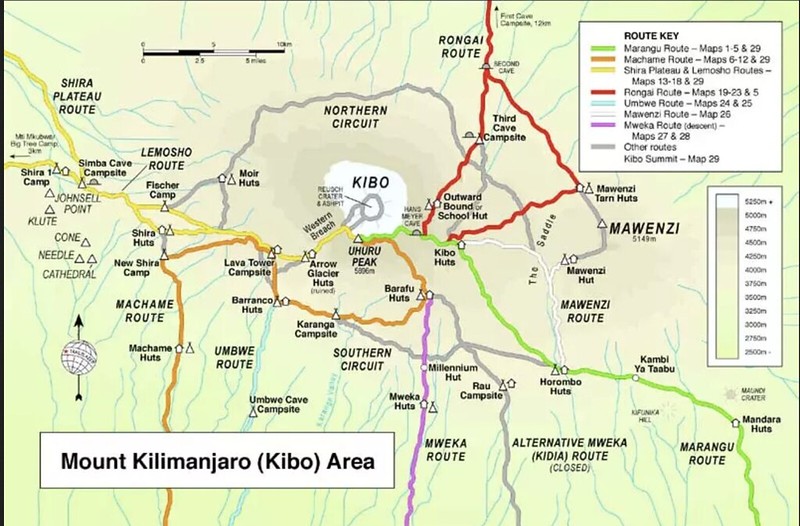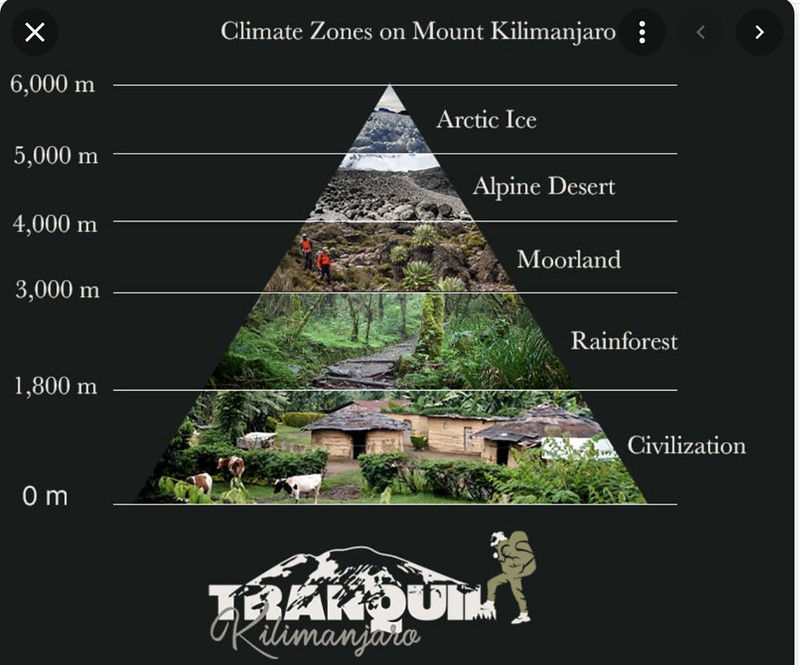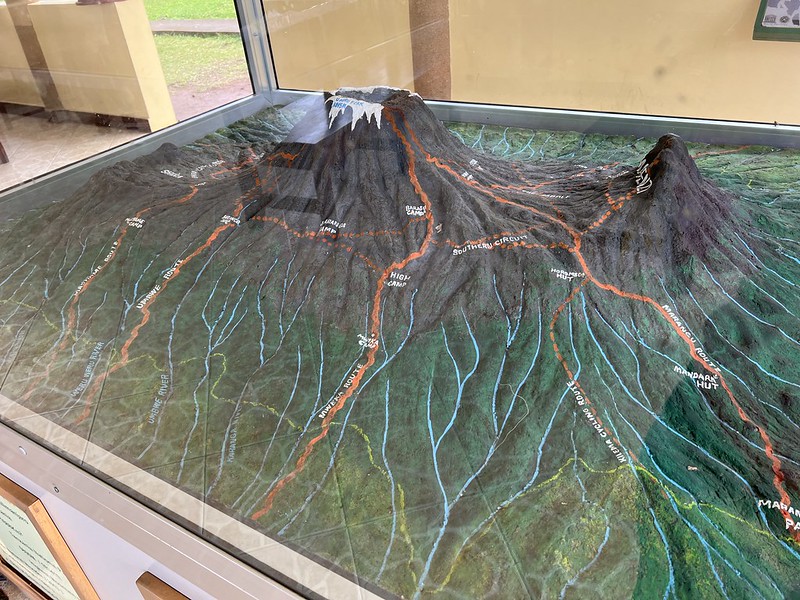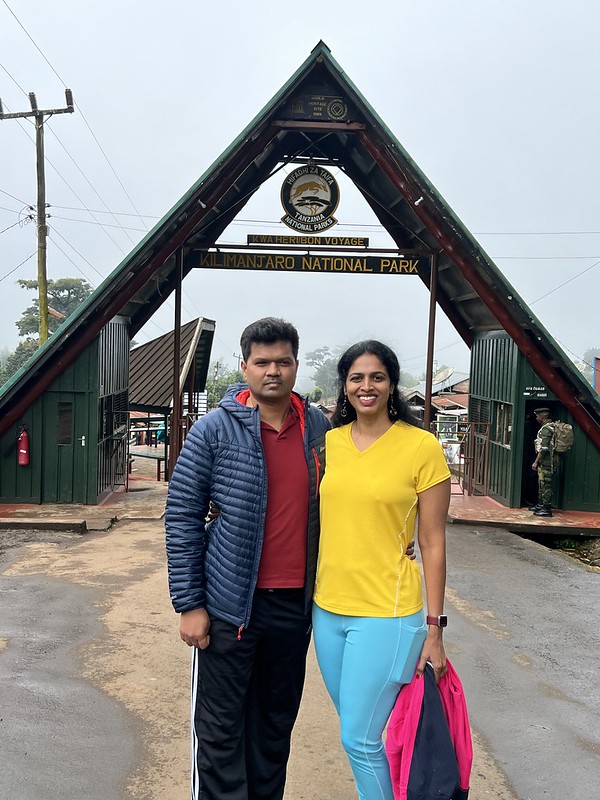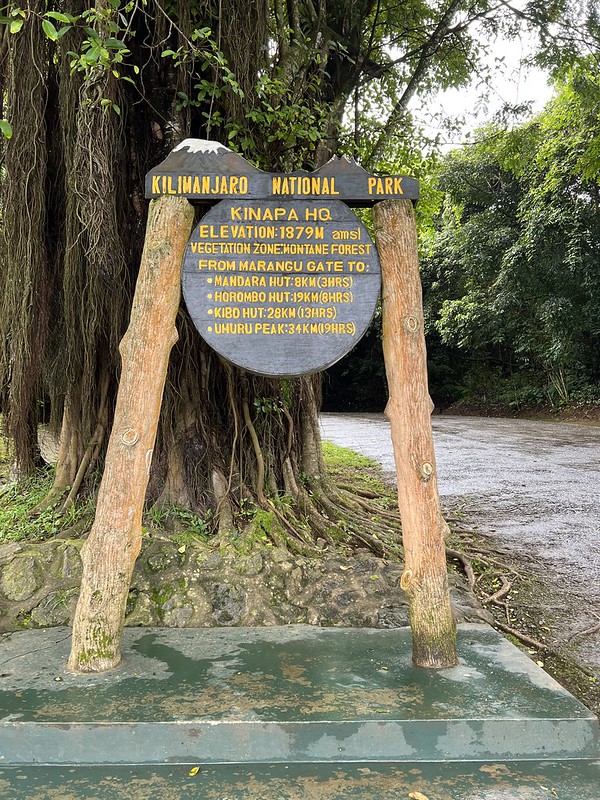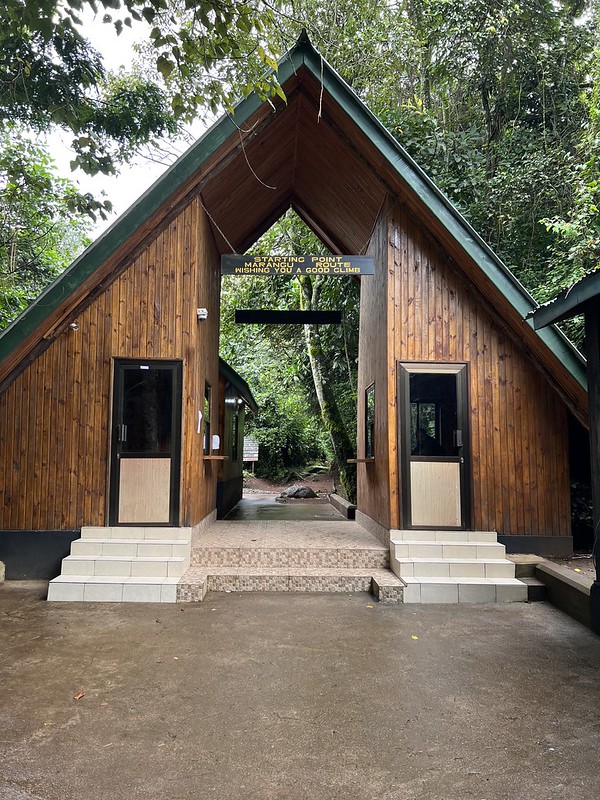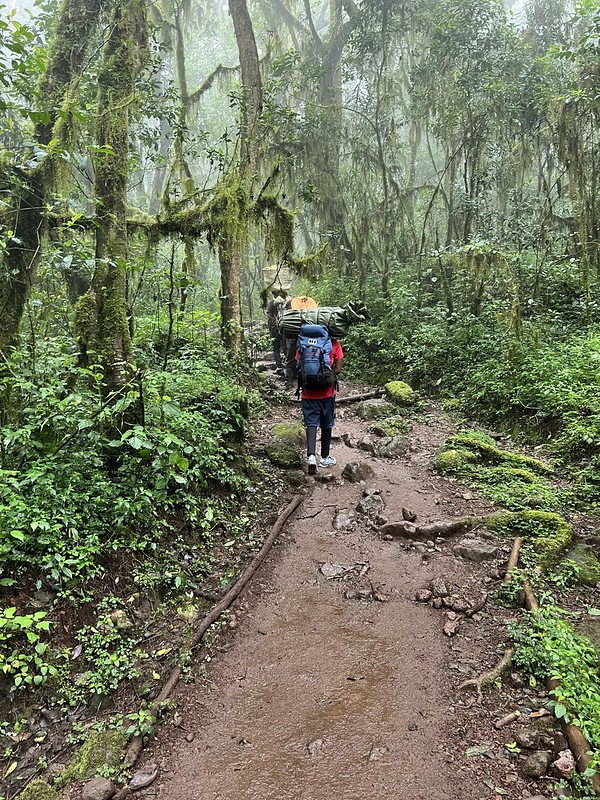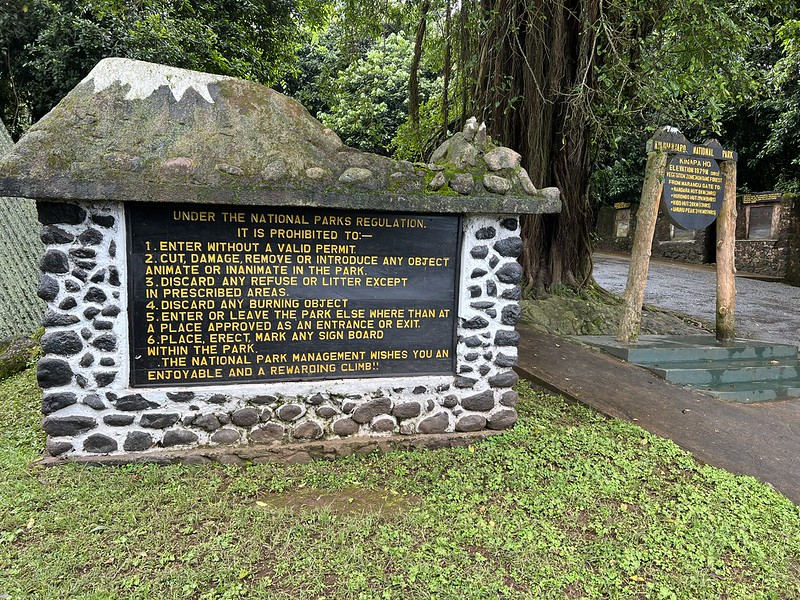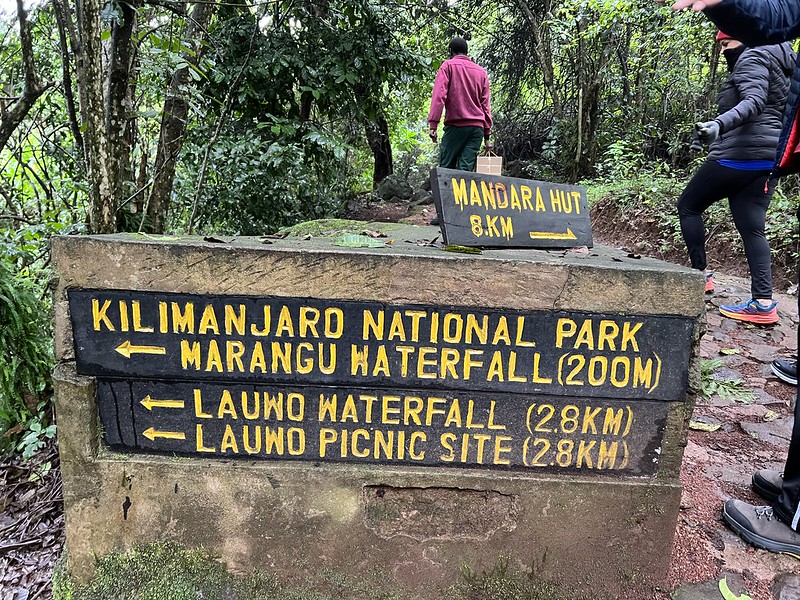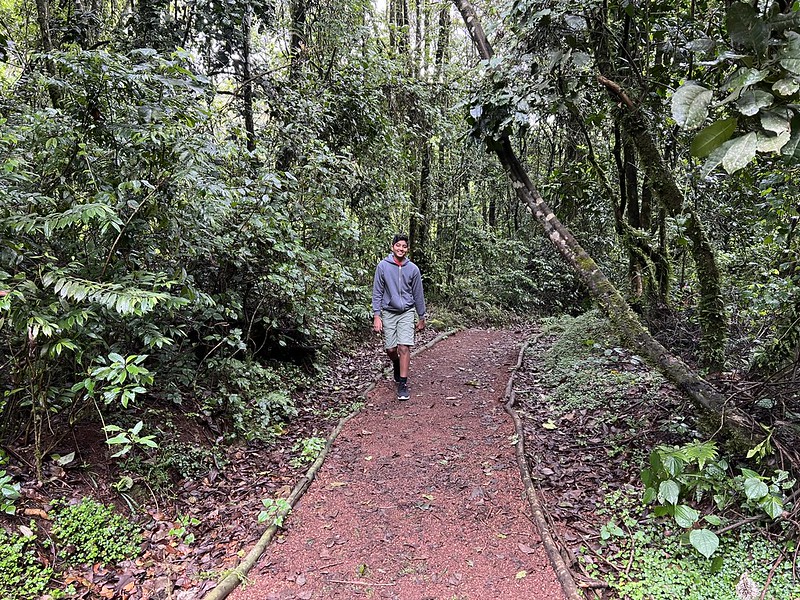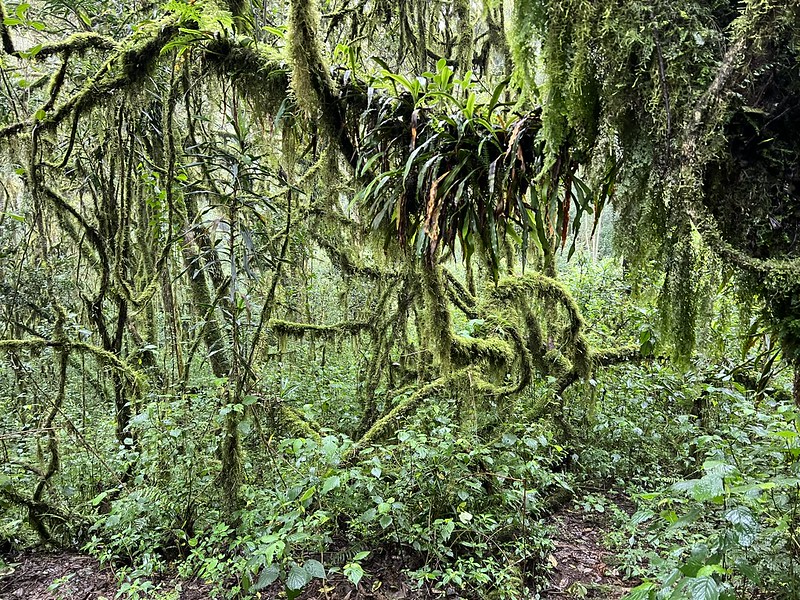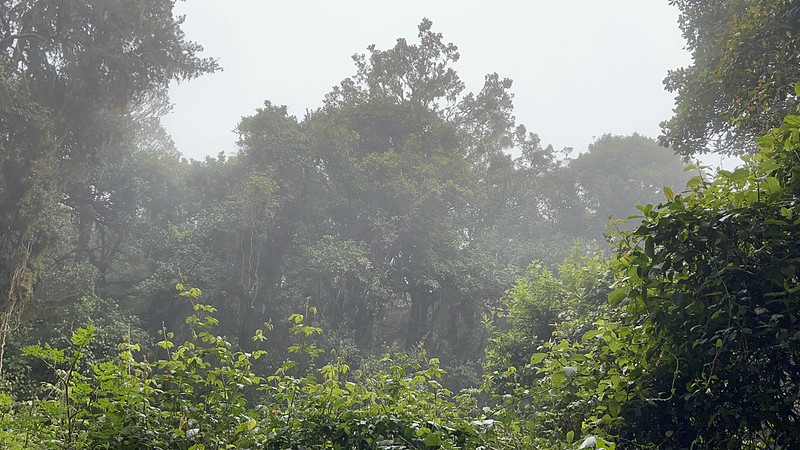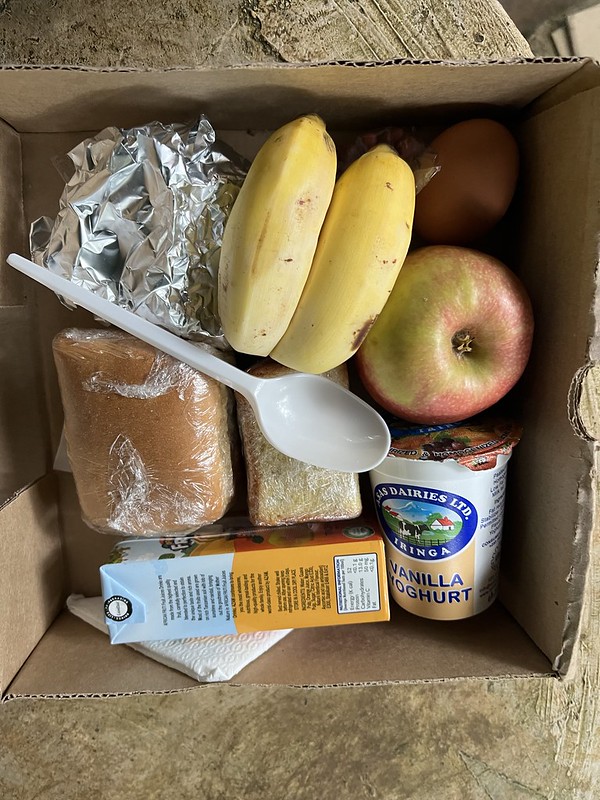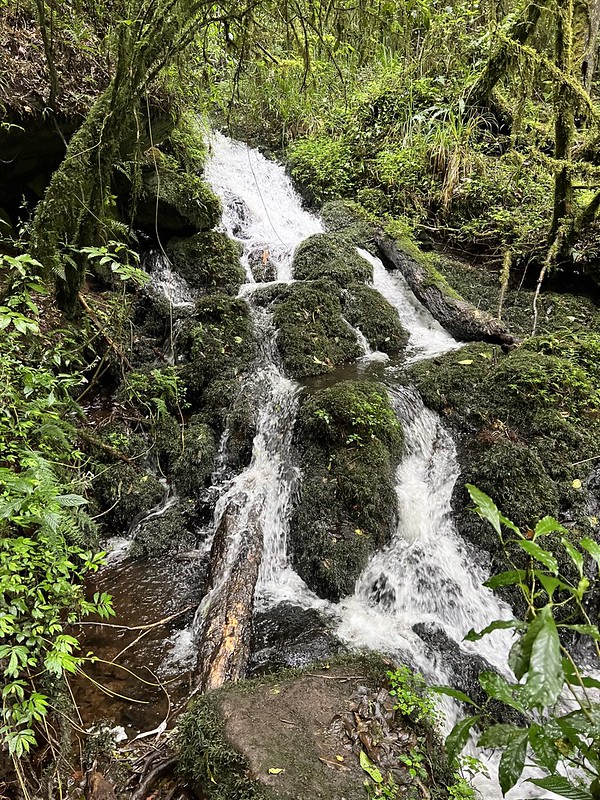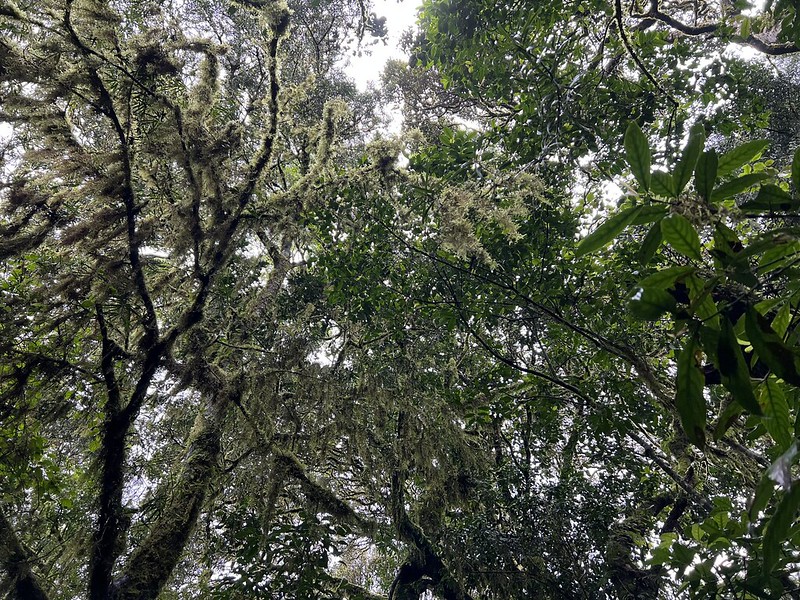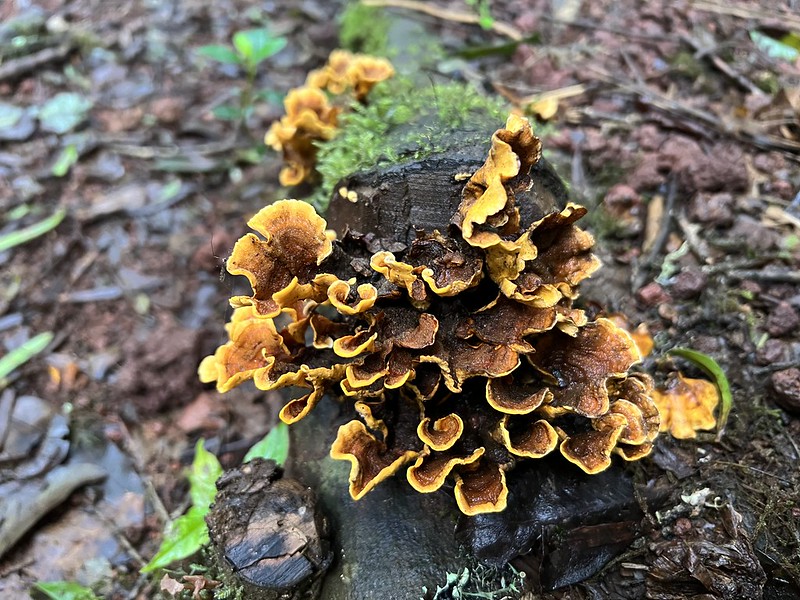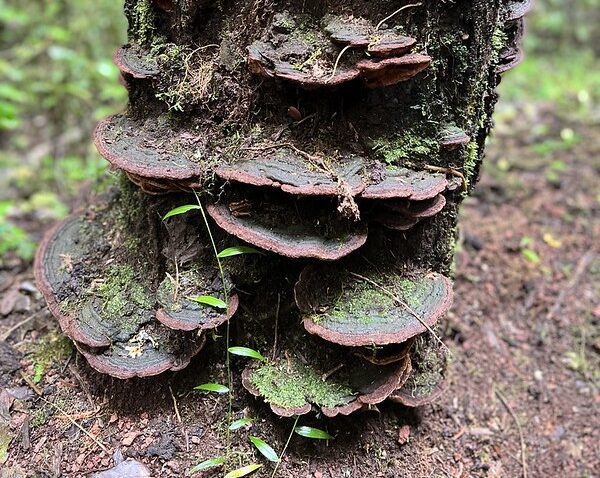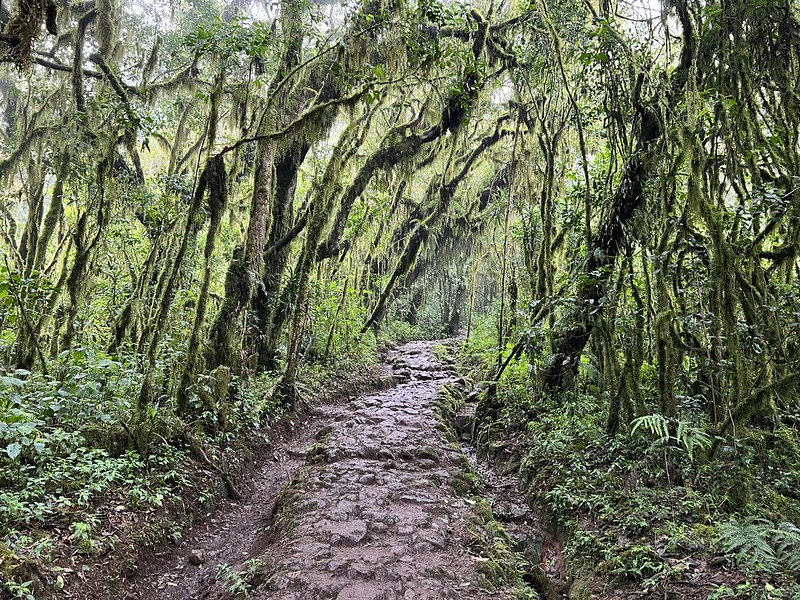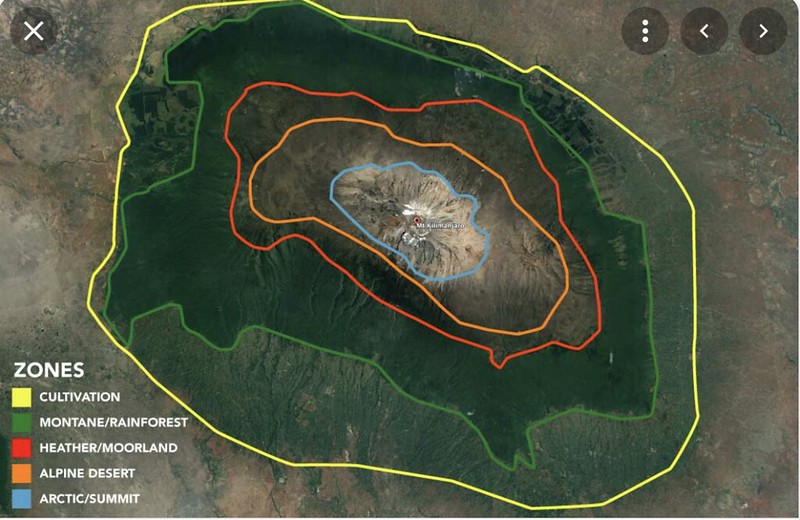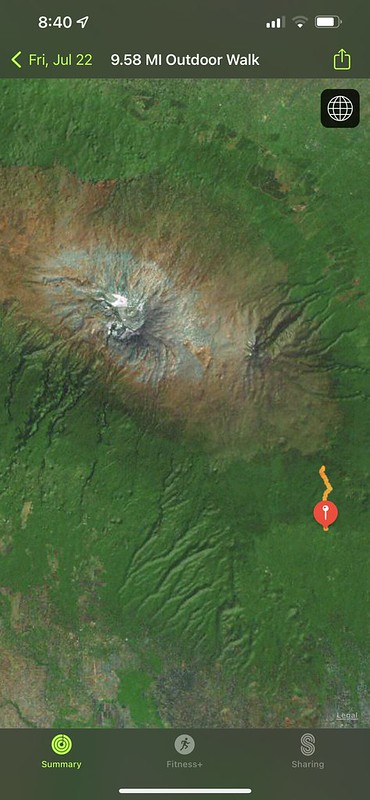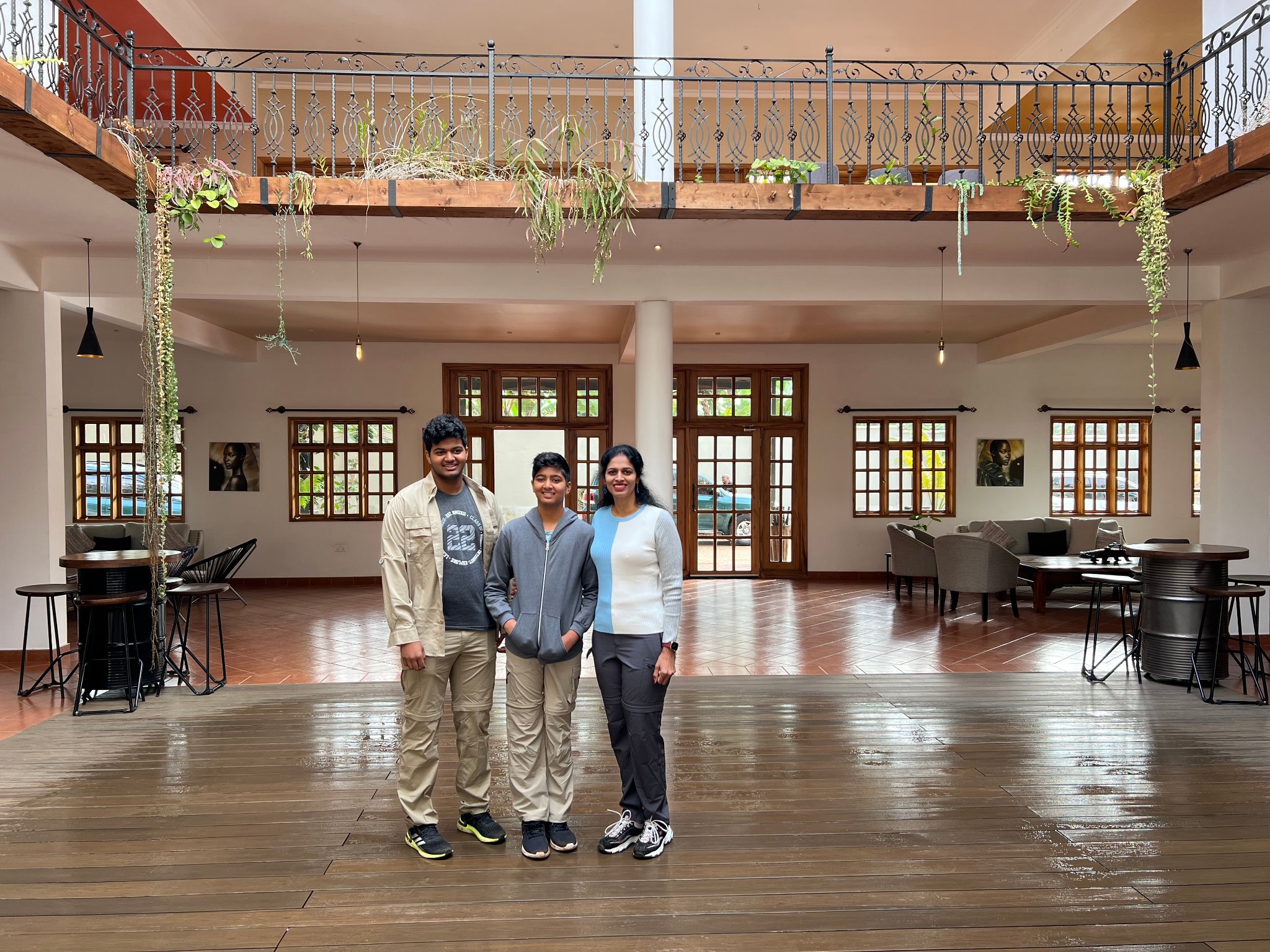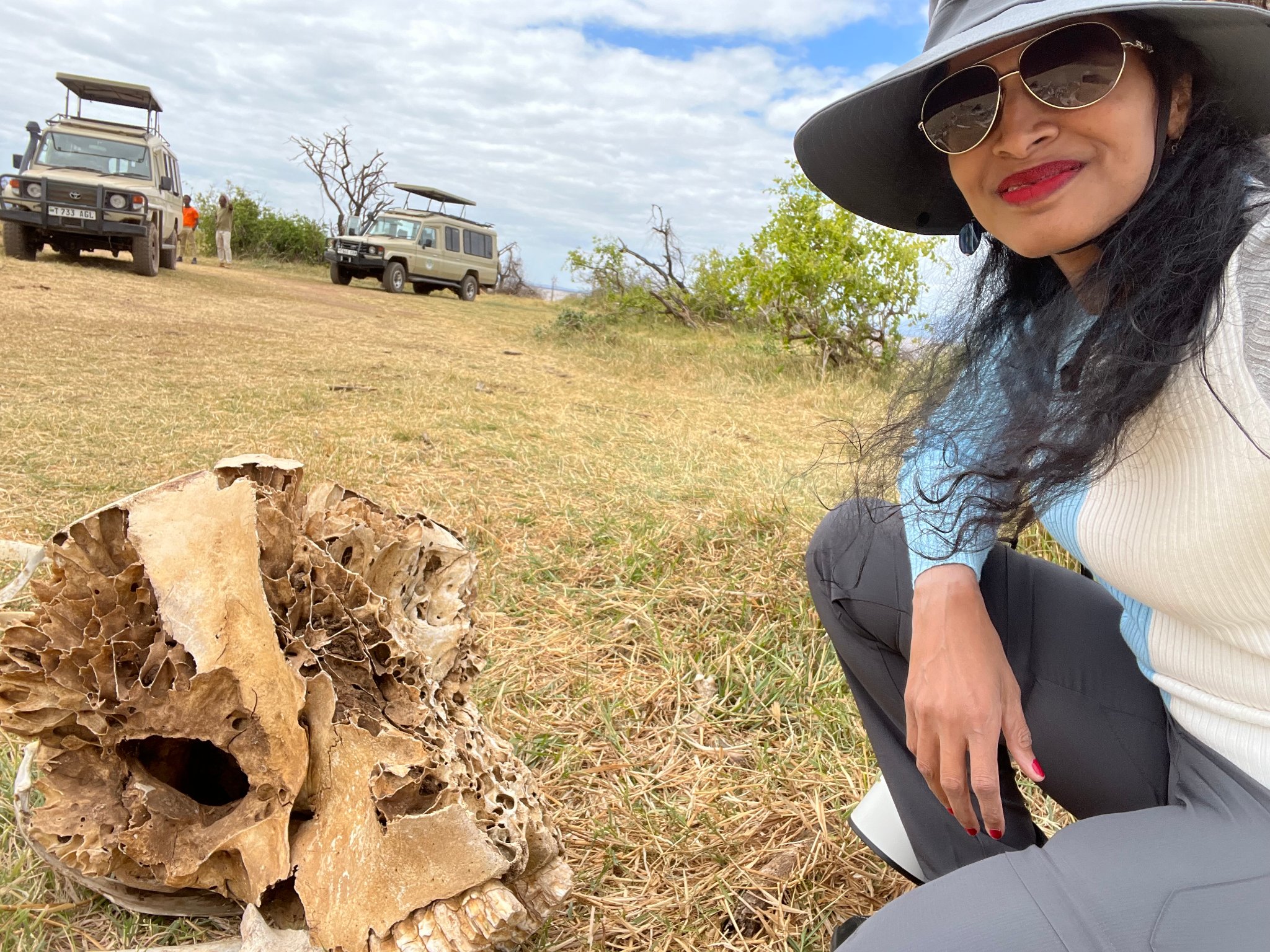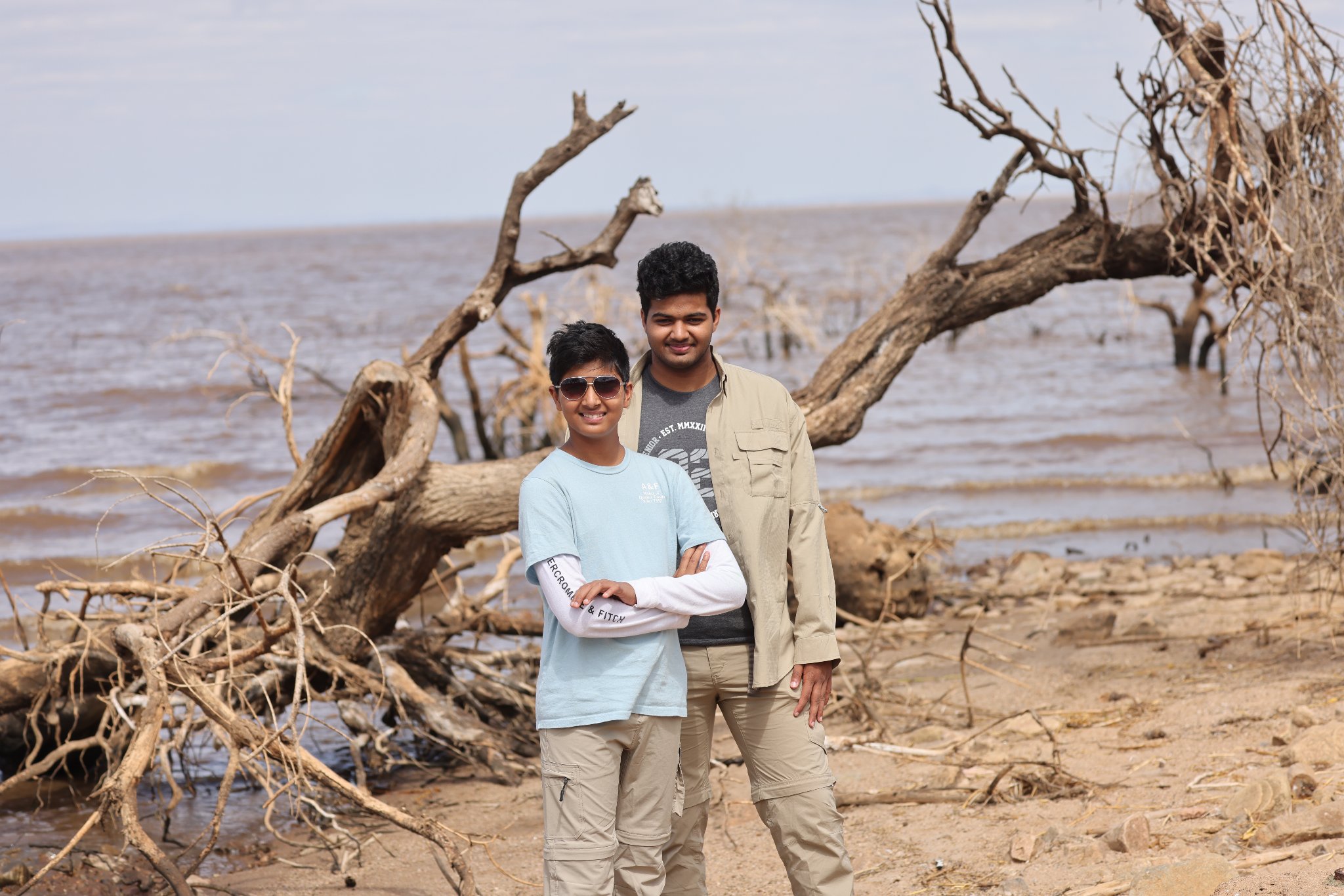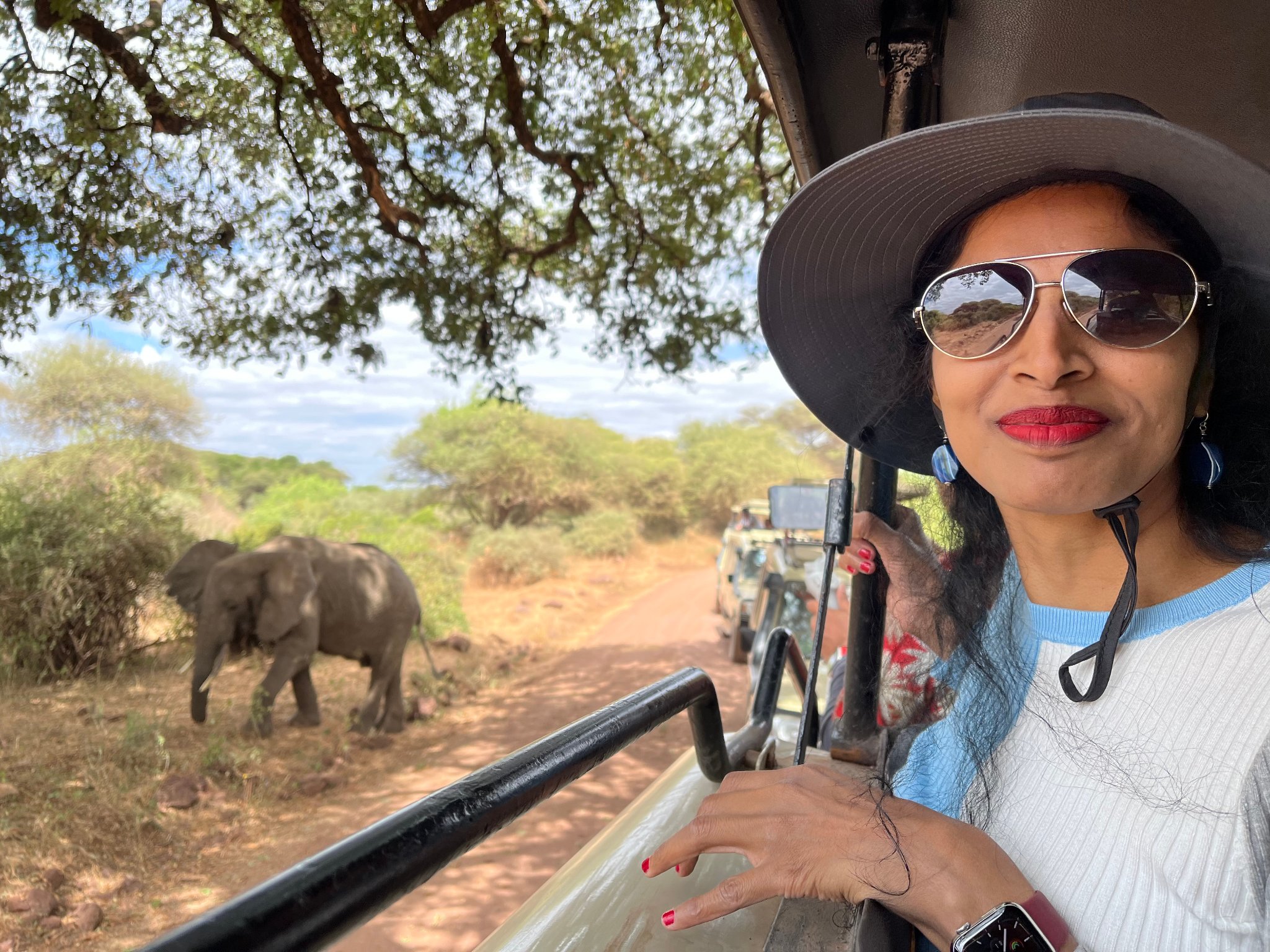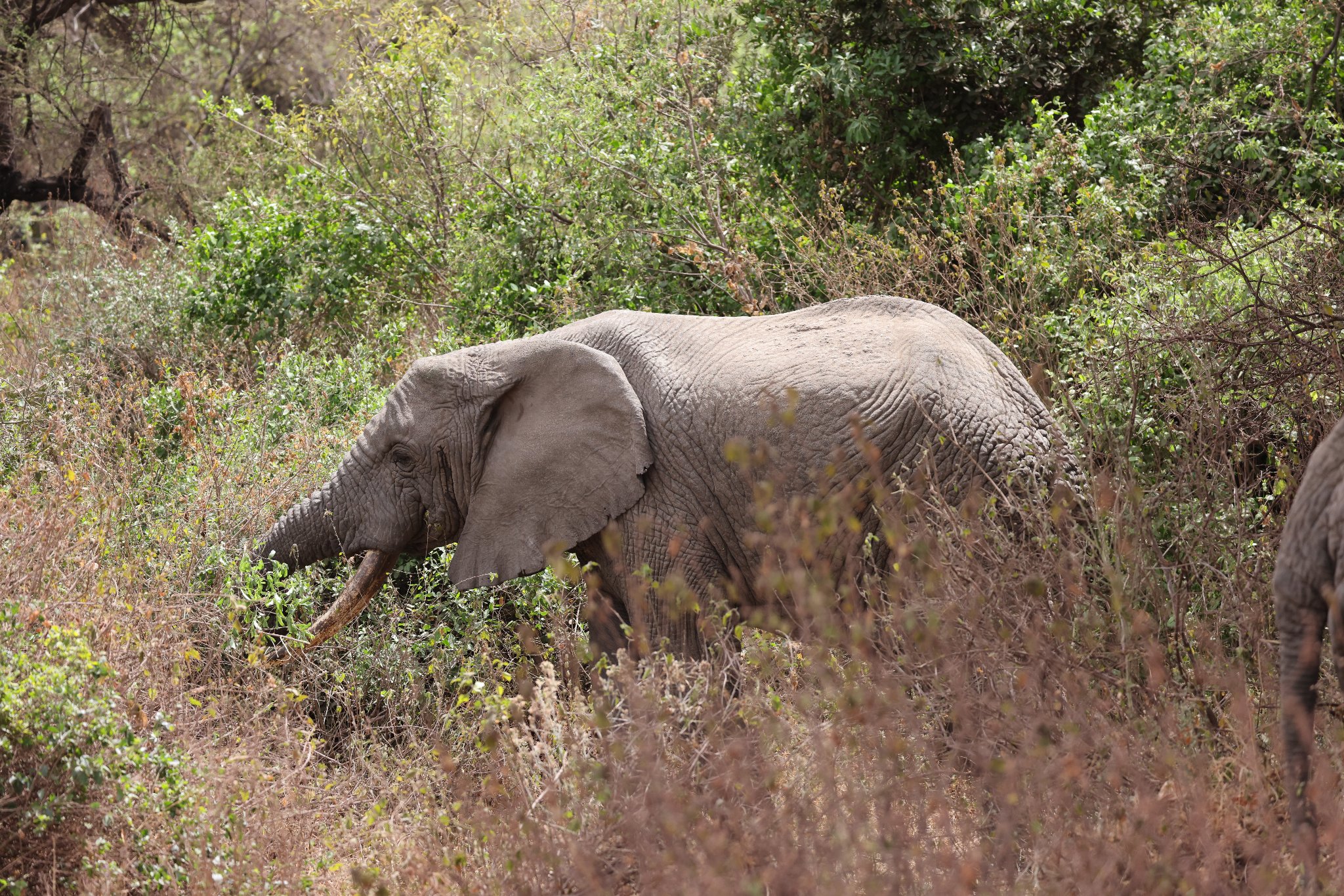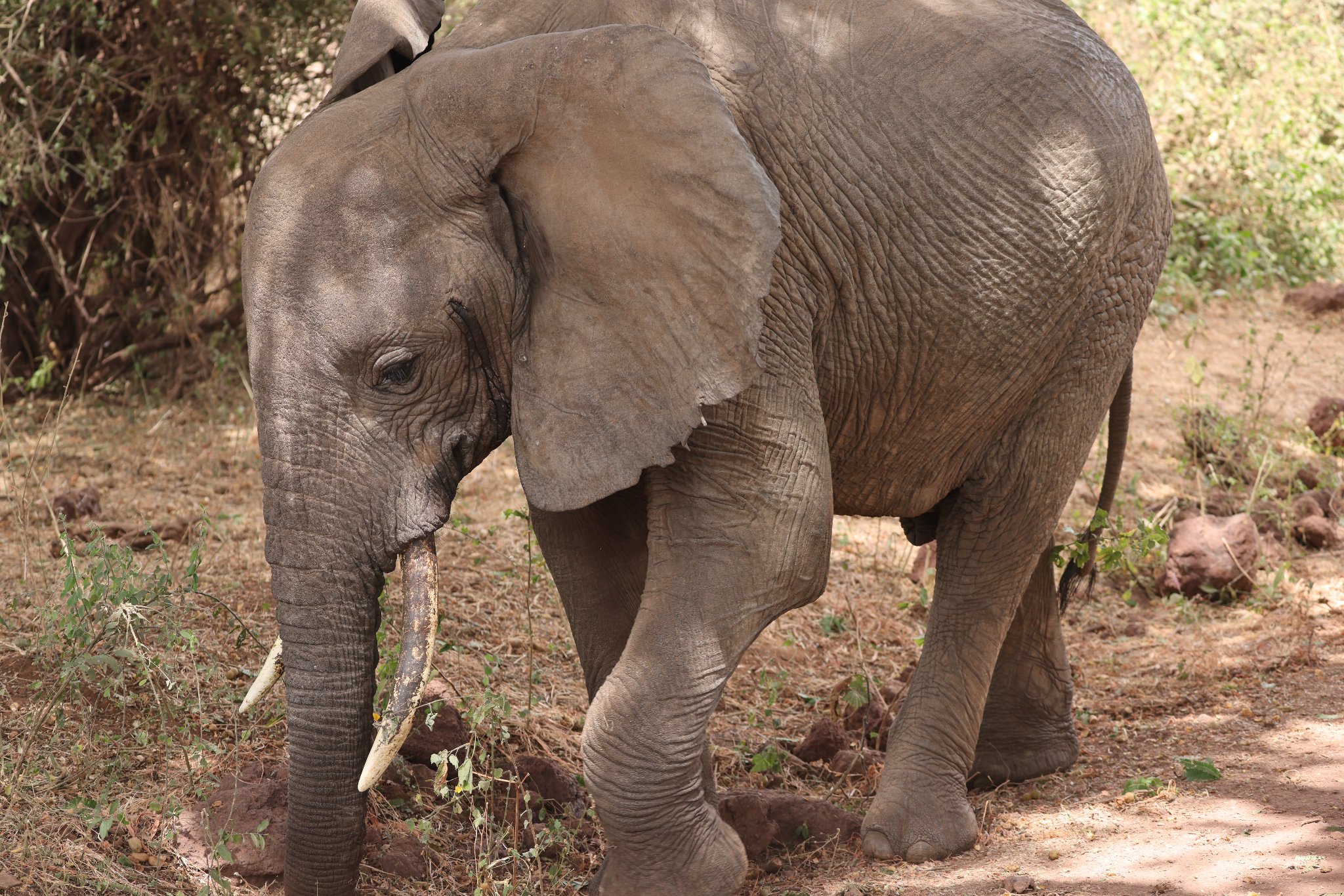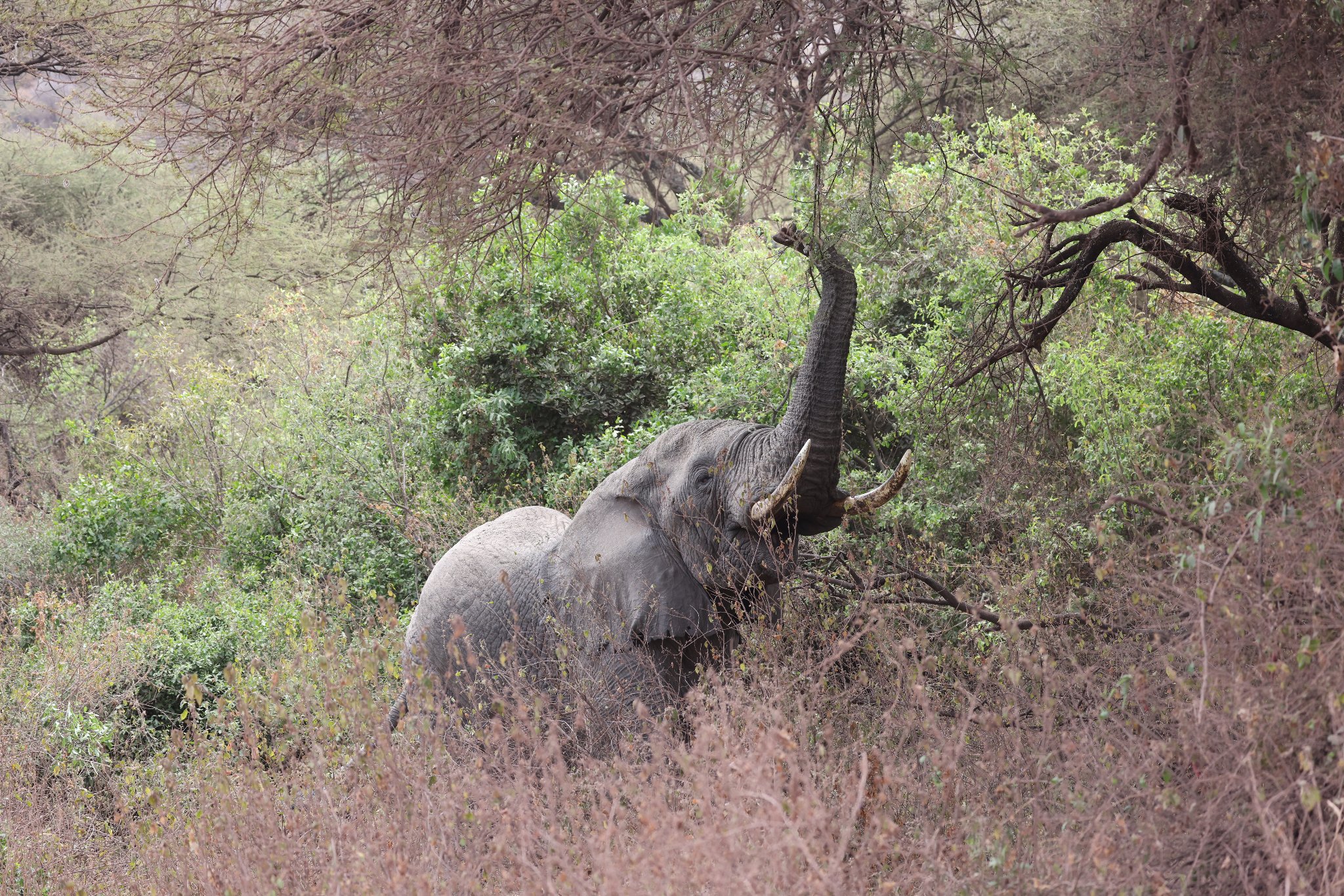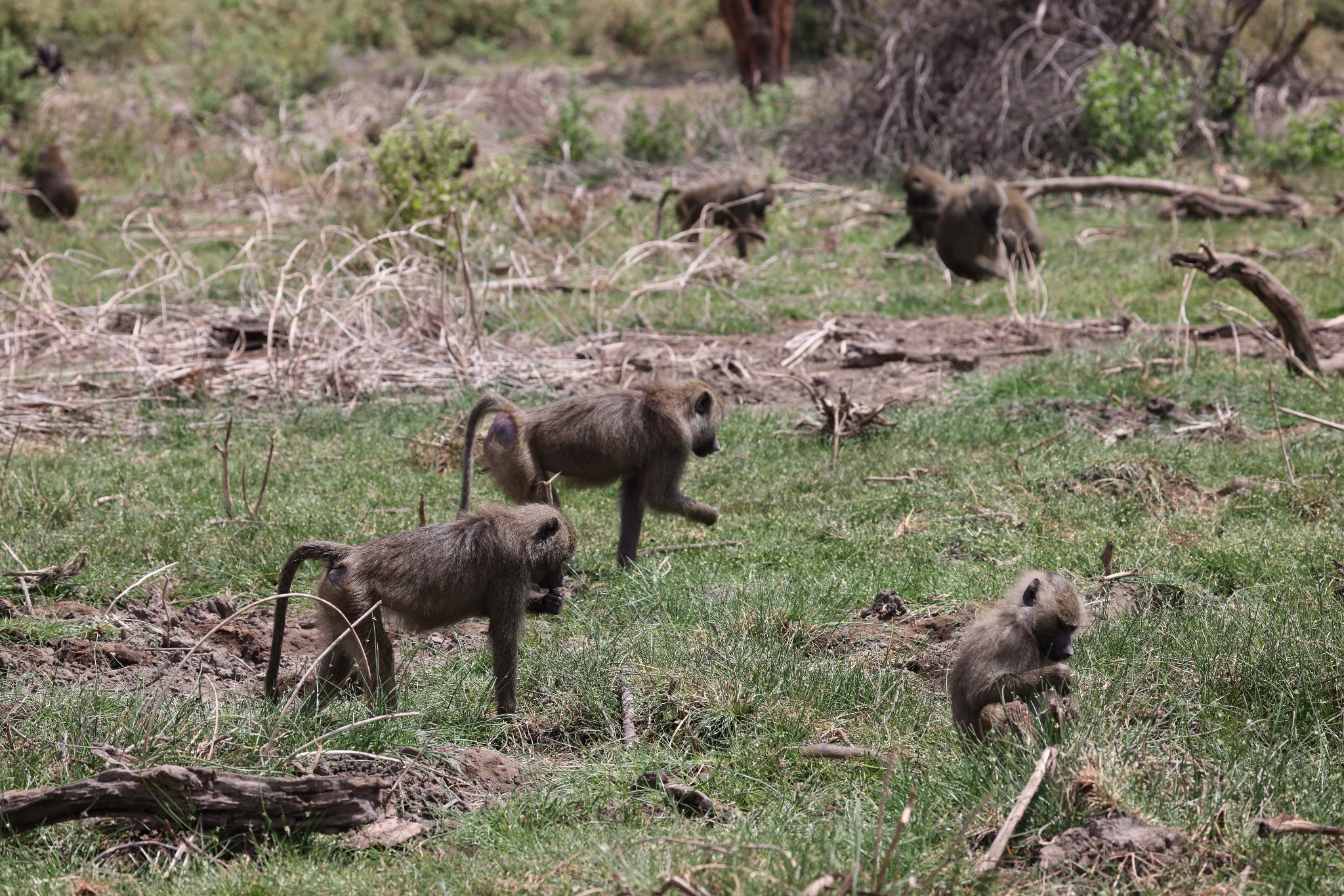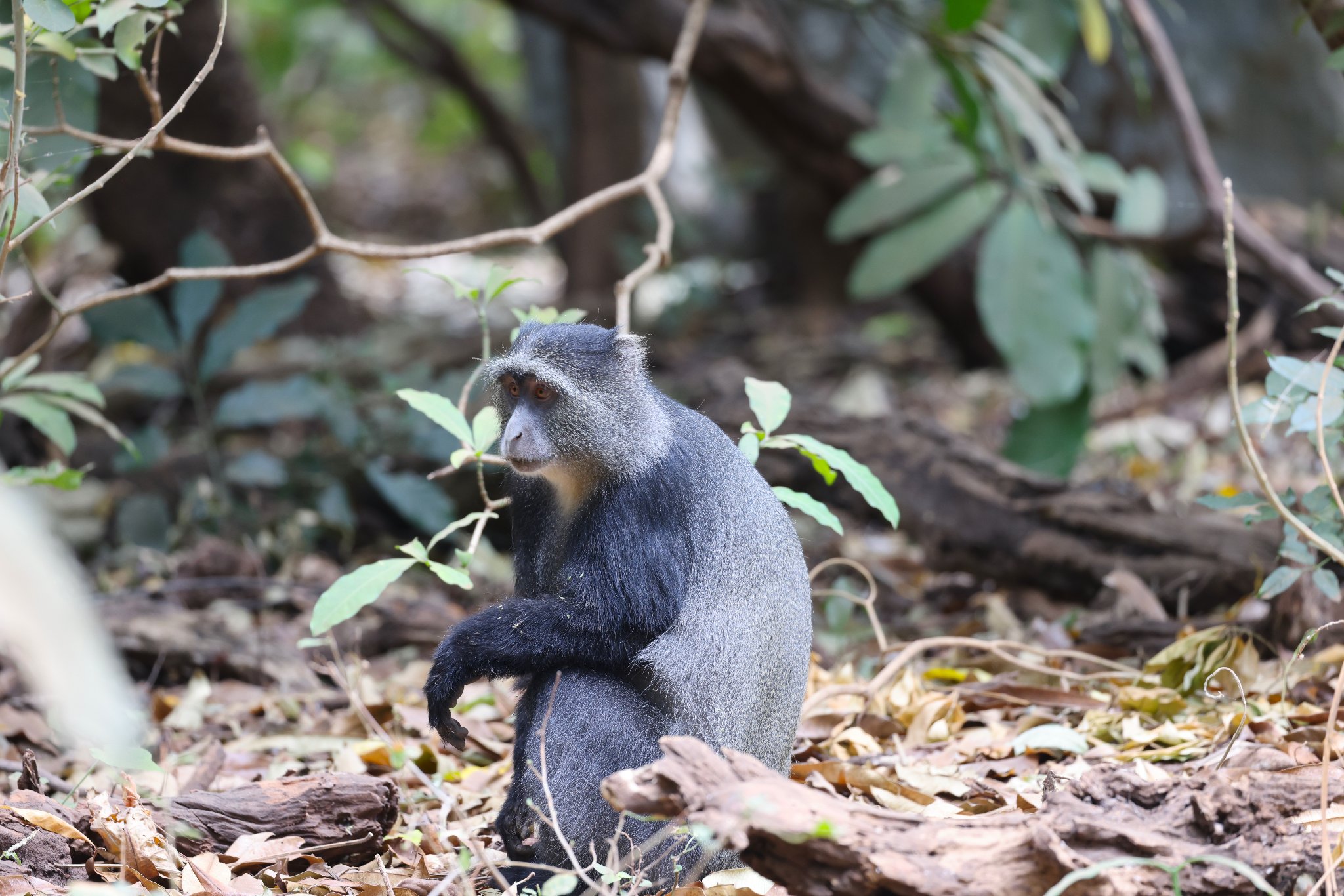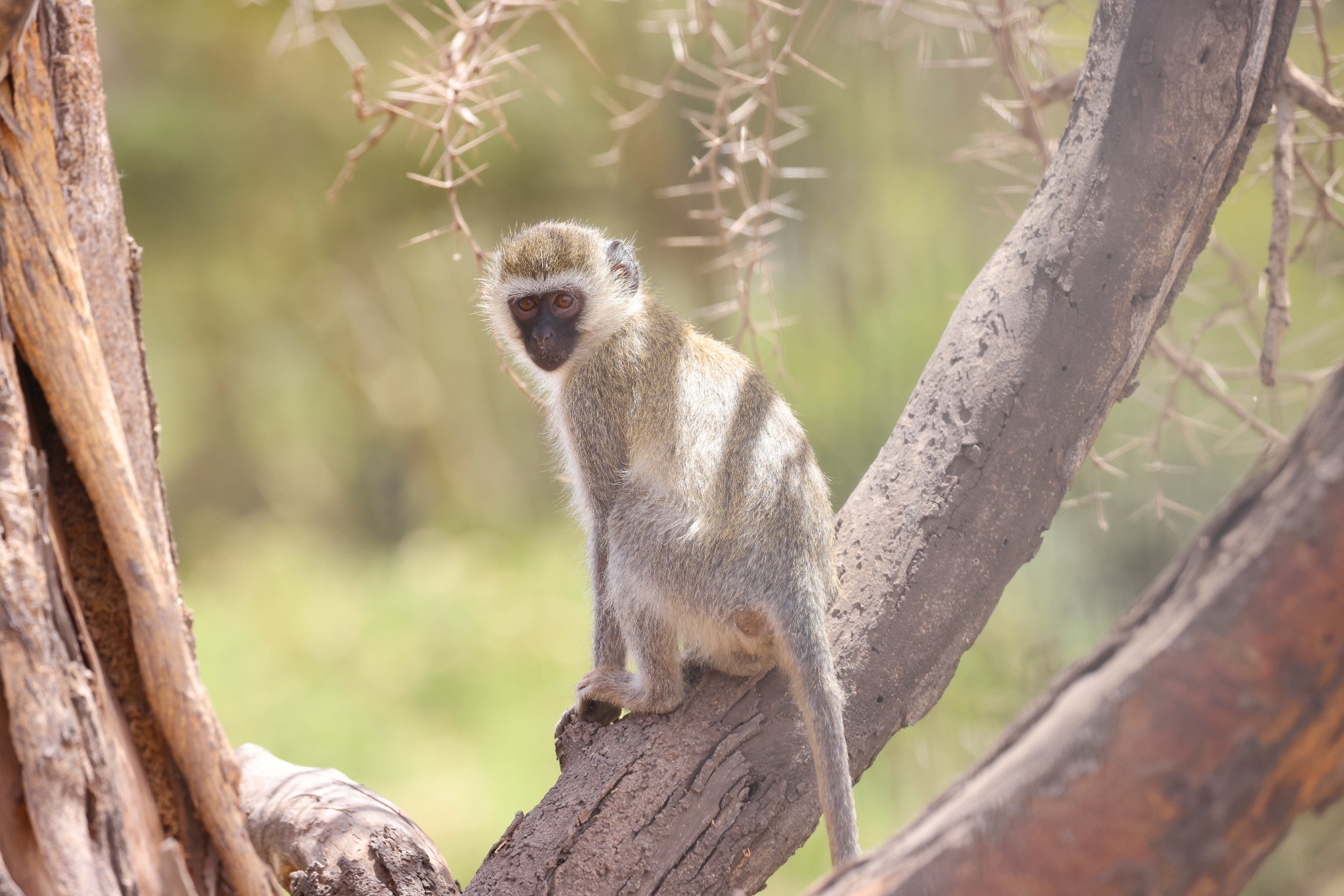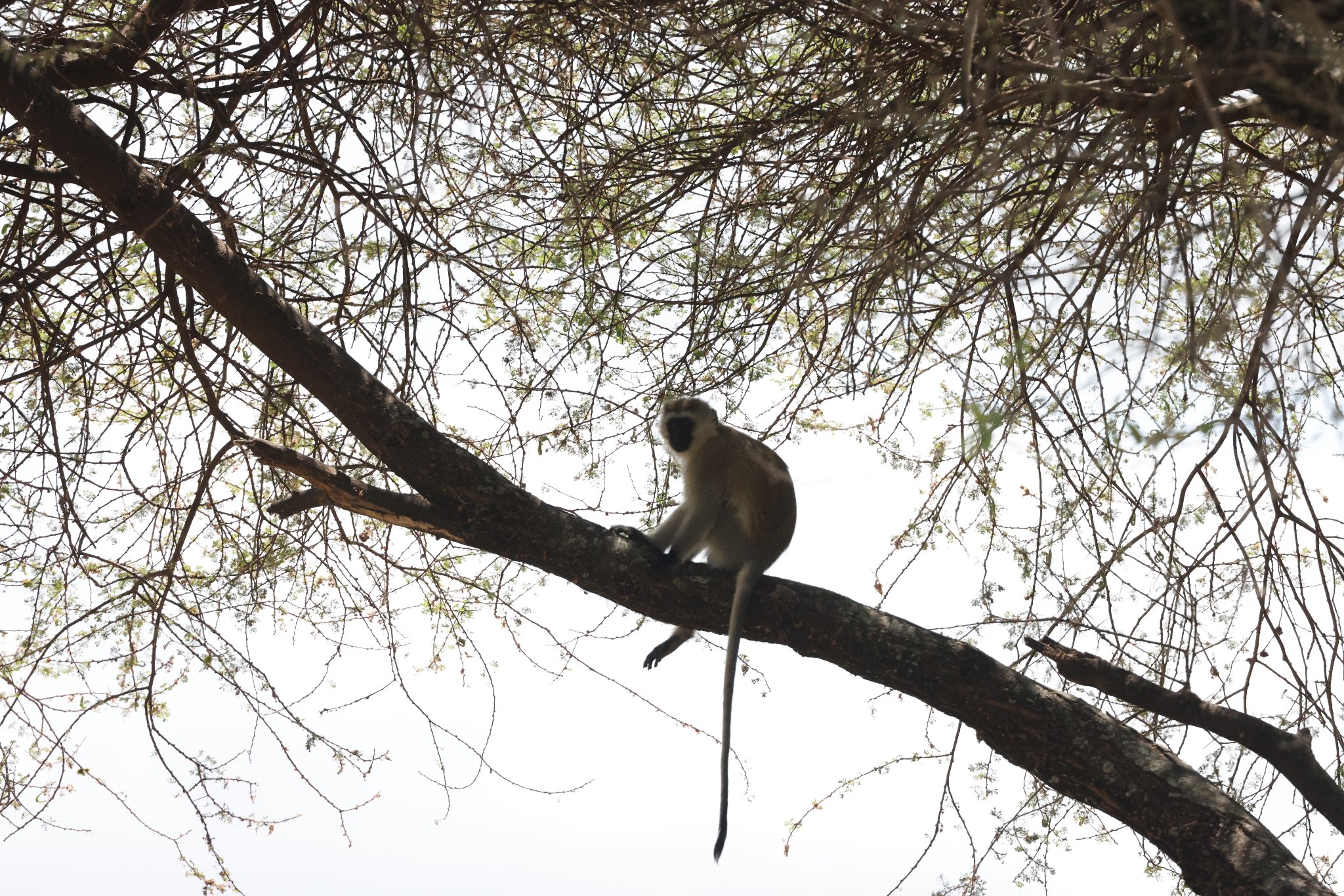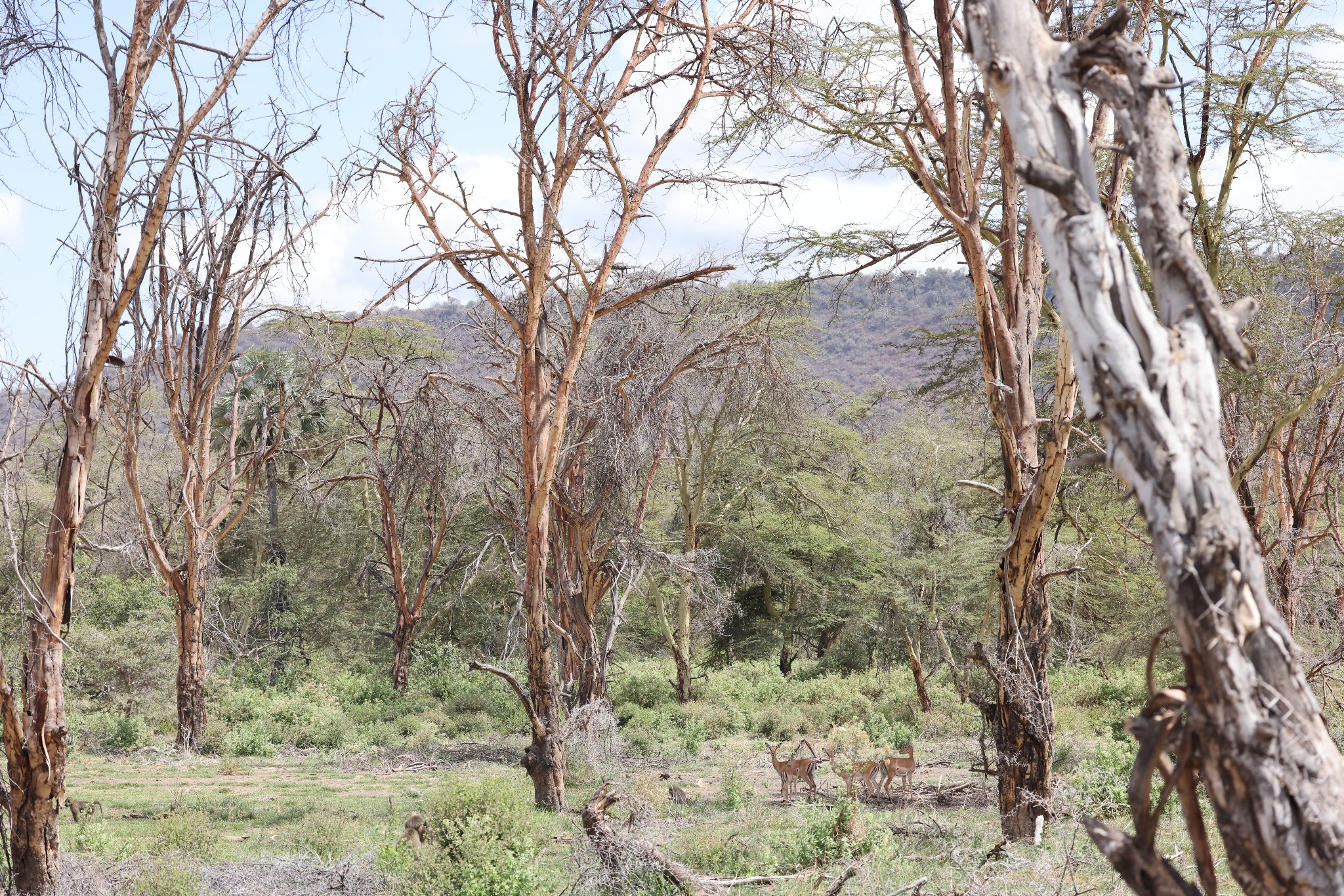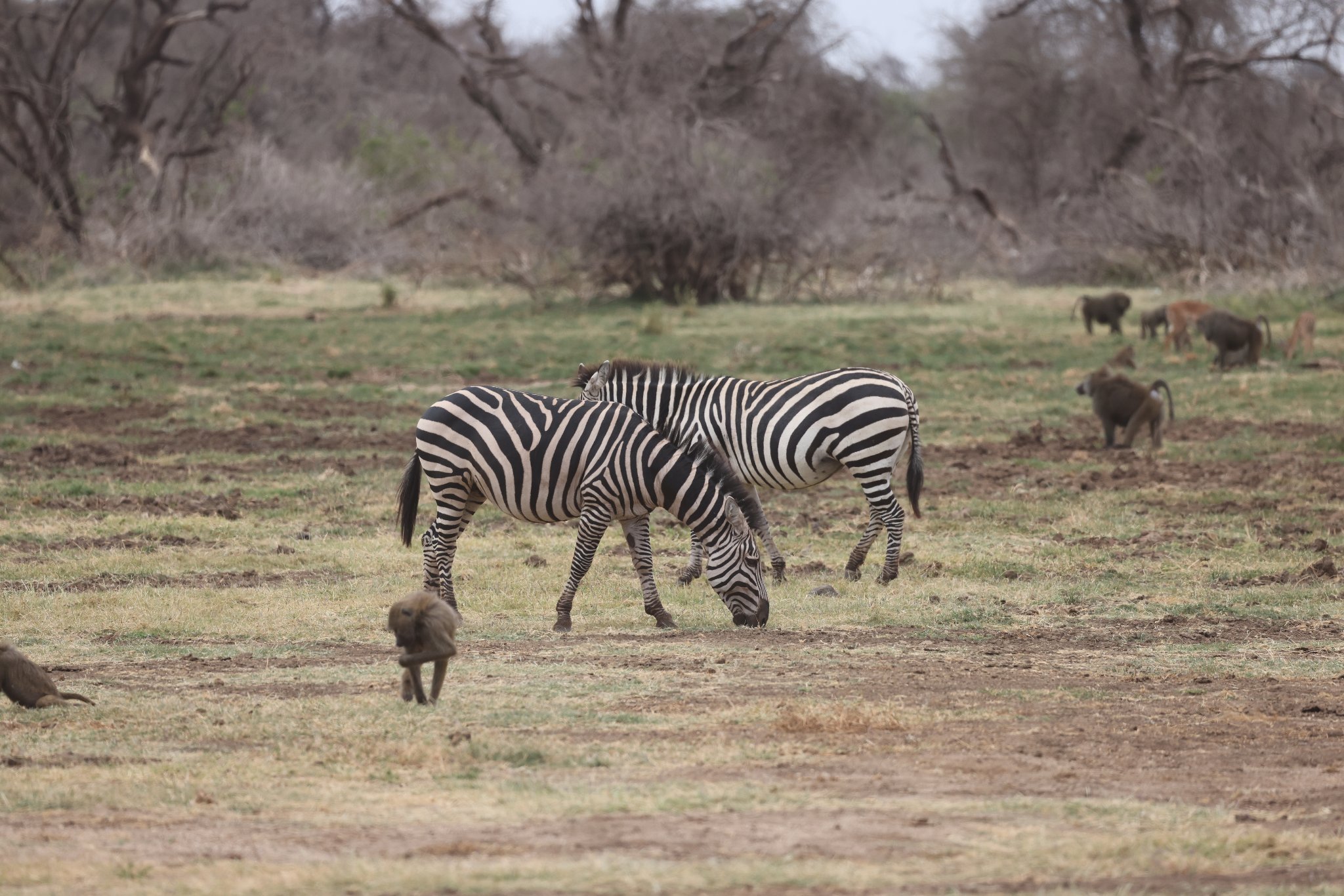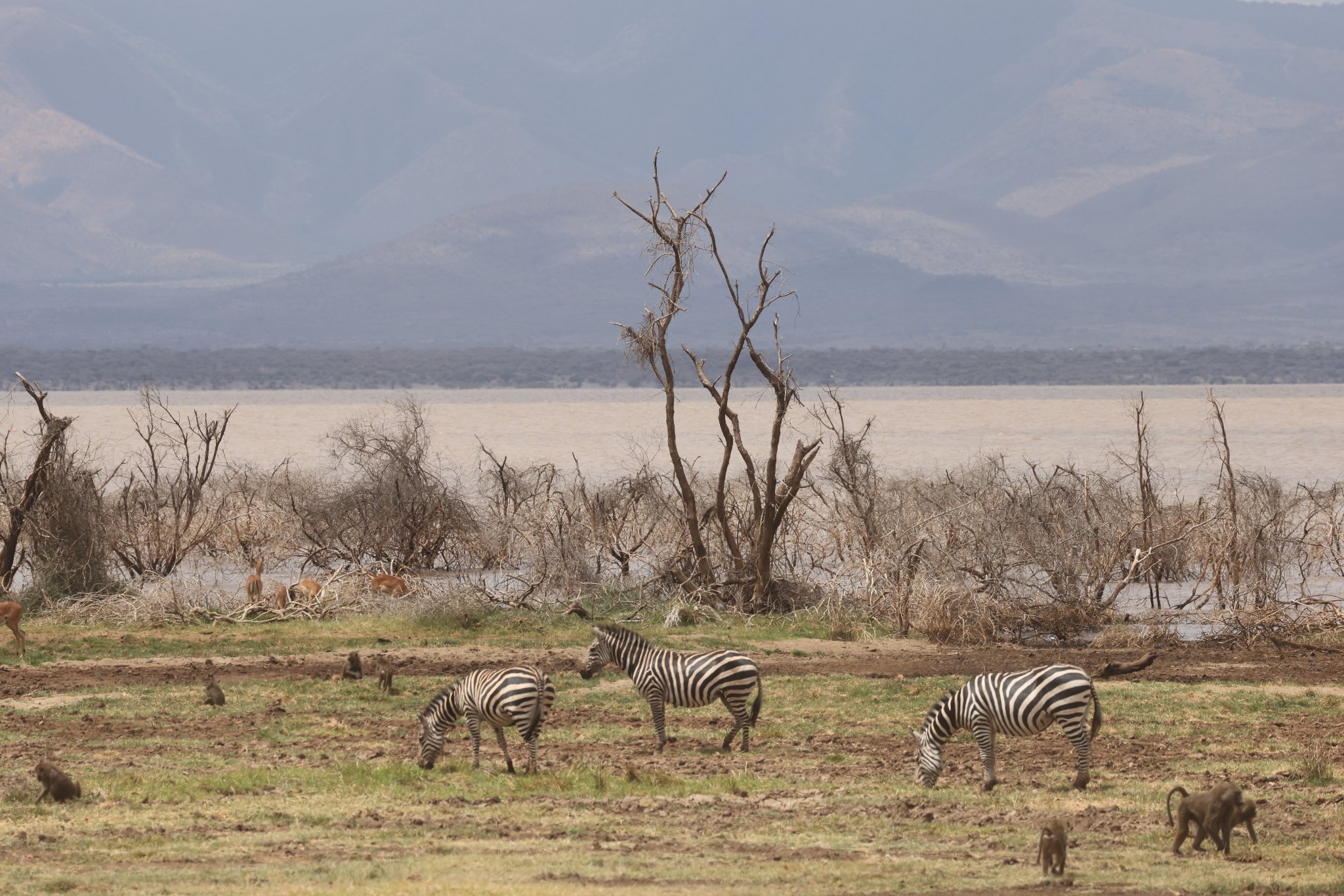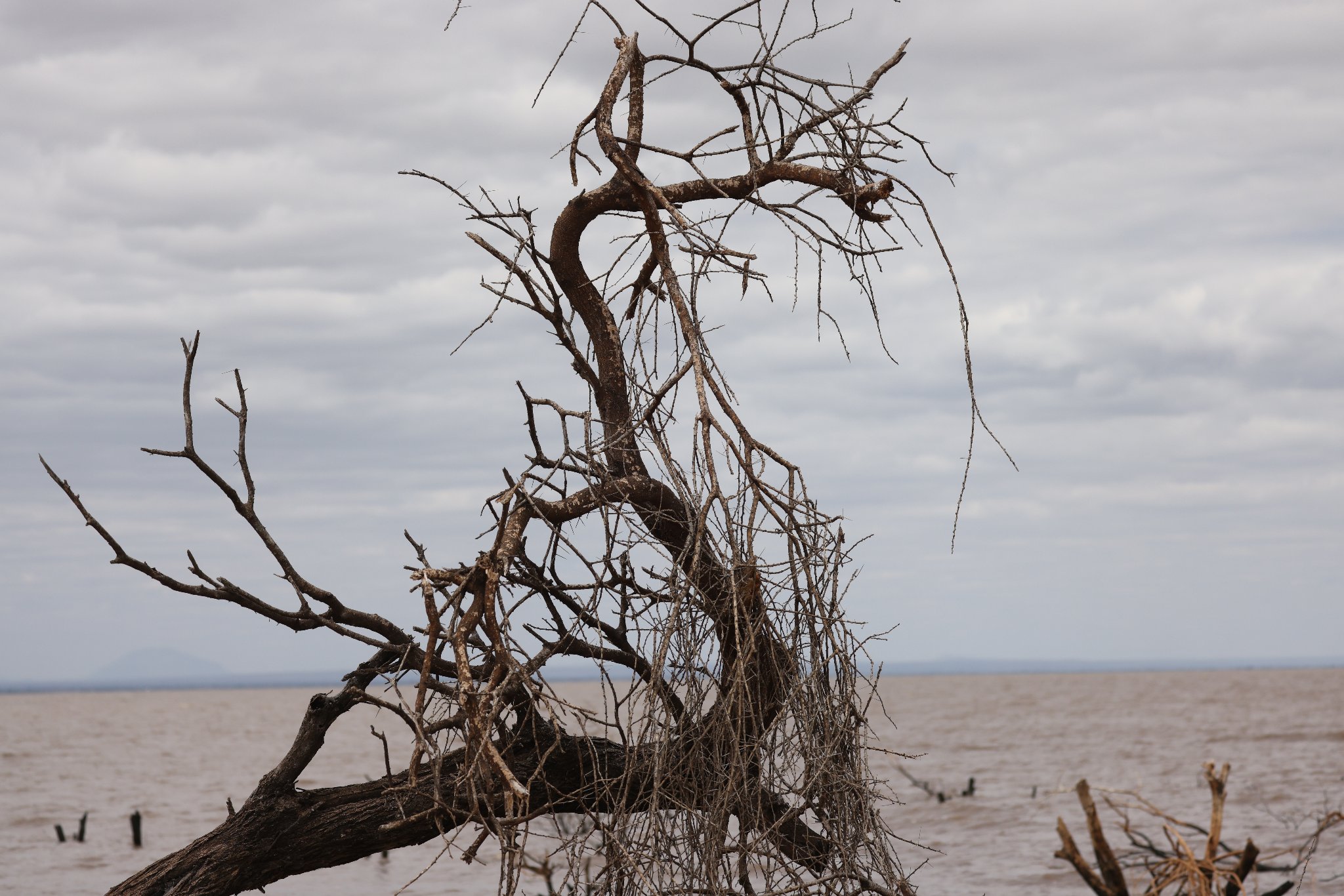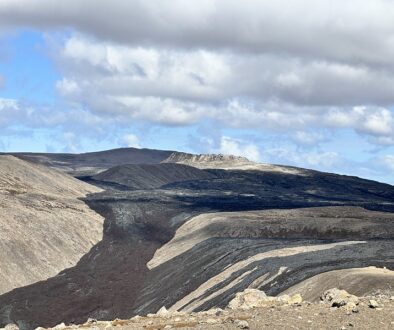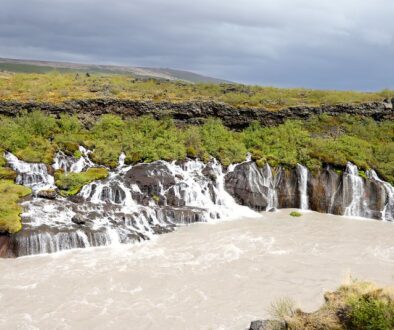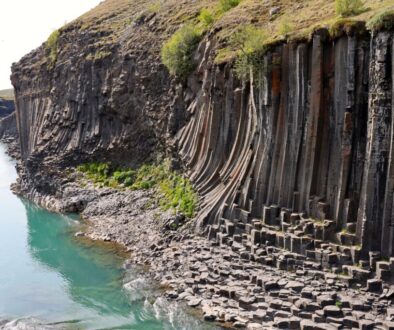Tanzania-MountKilimanjaro and Lake Manyara
Tanzania is a country in East Africa with vast wilderness. the plains of Serengeti National Park, a safari mecca populated by the “big five” game (elephant, lion, leopard, buffalo, rhino), and Kilimanjaro National Park, home to Africa’s highest mountain. Zanzibar is the destination with marine park home to whale sharks and coral reefs.
Capital: Dodoma
Currency: Tanzanian Shilling
Official languages: Swahili, English
Visa for US Citizens: Visas are required for U.S. citizens traveling to Tanzania. Foreign nationals may apply for a visa online in advance of travel. … U.S. citizens may also obtain a tourist visa upon arrival at the airport in Tanzania. The cost is $100 USD. Apply your visa online via https://eservices.immigration.go.tz/visa/
| Best time to Go | TANZANIA |
| Peak / High Season | June – October (dry winter) |
| Low / Green Season | November – May |
| Wildebeest Migration | January – March (calving / birthing season) May – September / October (river crossings) |
| Rainy Seasons | November – December (short rains) April – May (long rains) |
Top places to visit (not in any order)
- Serengeti National Park
- Ngorongoro Conservation Area
- Mount Kilimanjaro
- Stone Town
- Ruaha National Park
- Lake Manyara National Park
- Arusha National Park
- Lake Natron
- Mikumi National Park
- Mount Meru
- Selous Game Reserve
- Pemba Island
- Tarangire National Park
- Mafia Island
- Zanzibar
Our Itinerary in Tanzania
Day 1 : Arrive in Arusha, Kilimanjaro Airport
Day 2 : A Day Hike to Mandara Hut, Mount Kilimanjaro
Day 3 : Lake Manyara National Park and to Ngorongoro Farm House
Day 4 : Ngorongoro Conservation Area
Day 5 : Northern Serengeti, Ole Serai Luxury Camp-Kogatende
Day 6 : Serengeti National Park
Day 7 : Flight from Serengati to Arusha and drive to Amboseli National Park
We arrived very late in Arusha. Advantage booking with travel agency is they had some one waiting for us at the airport and dropped us at hotel very late. Due to jet lag we barely slept for couple of hours. We were first ones to go to breakfast at the hotel.
Mount Kilimanjaro
Largest free standing mountain on earth. Uhuru Peak, at 5,895 meters (19340.55 ft) above sea level, is the highest free-standing peak in Africa. Located on the volcanic cone Kibo, as part of Mt. Kilimanjaro, reaching Uhuru Peak is the end goal of 20,000-35,000 hikers each year. With beautiful scenic views of Tanzania, Uhuru is a breathtaking hike.
Full trek : 9 days
Mount Kilimanjaro is made up of five major ecological climate zones. They are as follows; Cultivation Zone, Forest Zone, Heather-Moorland Zone, Alpine Desert Zone and Arctic Summit climate zones.
There are seven established routes that lead to the summit of Mount Kilimanjaro in Tanzania. They are: Lemosho, Machame, Marangu, Rongai, Northern Circuit, Shira and Umbwe.
Here is a brief overview of the seven routes
- Marangu Route – The Tourist Route.
- Machame Route – The Popular Route.
- Lemosho Route – The Most Scenic (But Most Expensive) Route.
- Shira Route – The “Poor Acclimatisation” Route.
- Rongai Route – The Easiest Route.
- Umbwe Route – The Most Difficult Route.
We decided to do Mount Kilimanjaro National Park day hike to flex and give some exercise to the body. Added this activity to our trip last min to give variation.
The trek was flexible, but we have to be back to gate before 18.00hrs. The actual hike begins at the Marangu, park gate (6,000′) and hike 5.5 miles up to Mandara Hut (8,860′) near the upper edge of the forest line. The hike takes about 4-6 hours. The path is interesting, starting off through the rain forest vegetation, and then opening up to giant heather.
We reached Kilimanjaro National Park gate at Marangu early. It was cold and didn’t expect that. Our guide and driver pick up a box lunch on the way. Guide went to register and seems like the network was down at the counter and it almost took 2 hours to get the hiking permit. We started our hike at 11AM with guide and his assistant.
This day hike route is fully through rain forest, it was wet and cold. Hike was OK, not too bad. We went without any pre training. So struggled at the elevation. But easily doable. We stopped for Lunch break and rest room break in the middle.
If time and weather permit, a short walk from Mandara hut to Maundi Crater is worth it and up to end of forest zone and then down passing the waterfalls.
Lake Manyara National Park
We started our drive from Arusha to Lake Manyara.
Lake Manyara is a small National park on the way to Ngorongoro Crater located in the northern part of Tanzania. This is famous for tree-climbing lions and the vast elephant herds. There were elephants, impalas, zebras and lot of monkeys. It is very hard to find the tree climbing lion though. Between Nov-Apr it also attracts thousands of pink flamingos.
We stayed in Kahawa House in Arusha. It was very hard to find this place in the night. But the hotel staff and guide waited for us and welcomed us. They kept the dinner buffet ready for us. Very nice staff.
It is recommend to bring Duffel bags for Safari trip to Africa instead of suite cases. There is not enough space in the vehicles for suite cases. With travel in 4 x 4 vehicles, easy to fit these bags and travel. Very convenient.
At Lake Manyara
Our first siting of the Elephants and first safari experience. Driver opened the Safari Vehicle roof and we can stand and view. Very excited to the experience of standing in the vehicle and going through those small bumpy roads.
Lot of different monkeys. Don’t feed monkeys.
Animals with Lake view.
There are good rest rooms at the entrance of the park and picnic area for lunch.
Next stop is Ngorongoro Farm house, where we stayed for a 2 nights here.
Ngorongoro Conservation Area
Located between the Serengeti and Lake Manyara, the Ngorongoro Conservation Area is home to the famous volcanic Ngorongoro Crater and is one of Tanzania’s most popular wildlife viewing areas.
